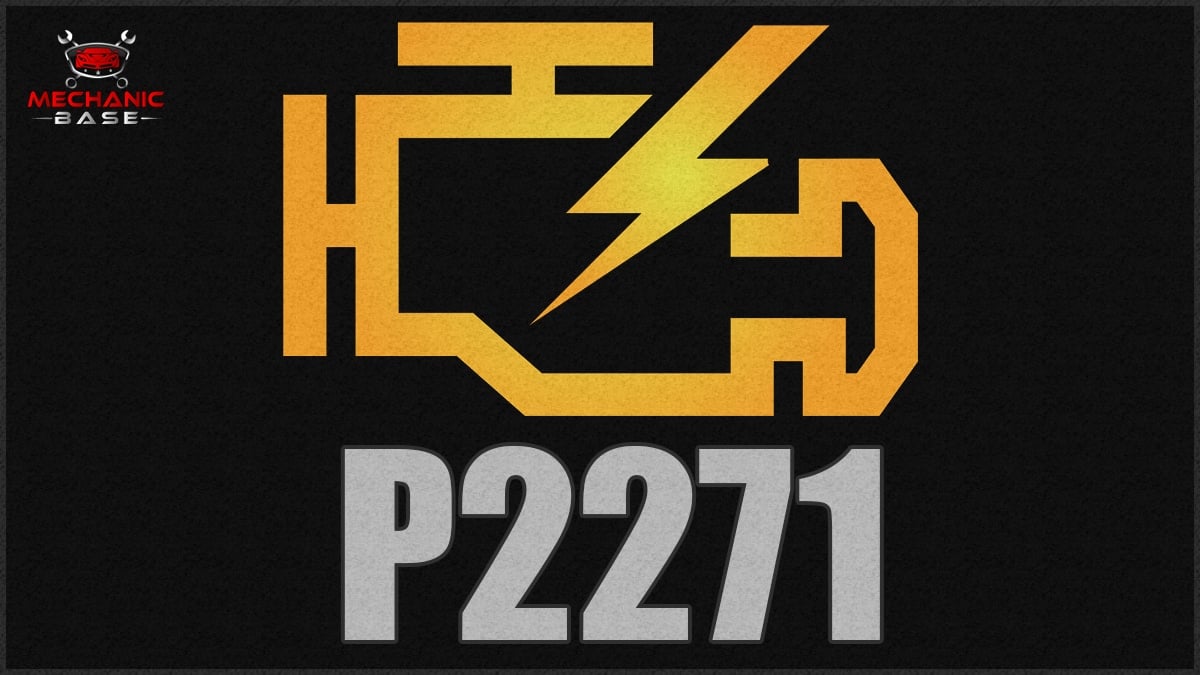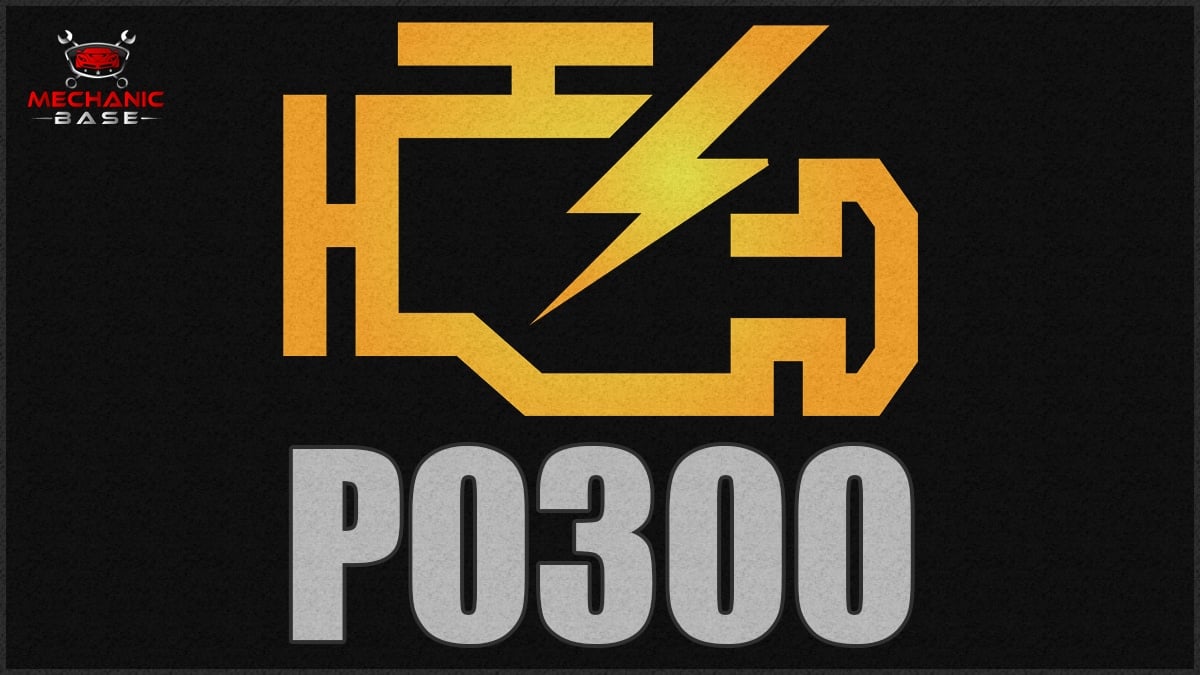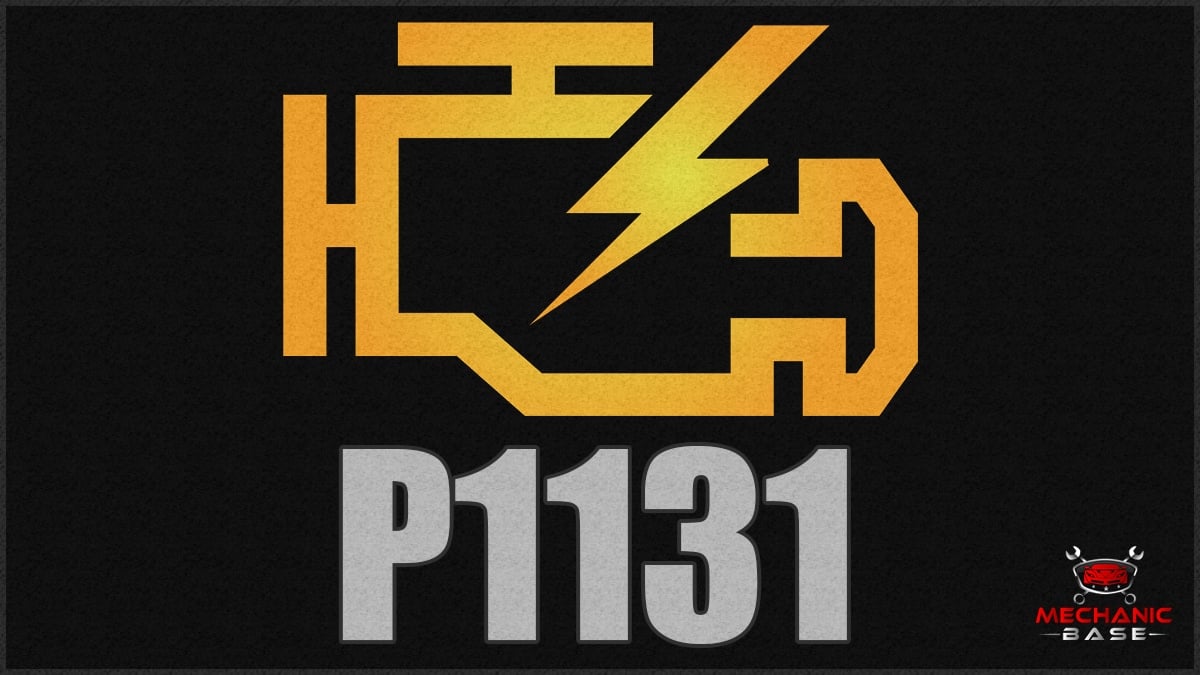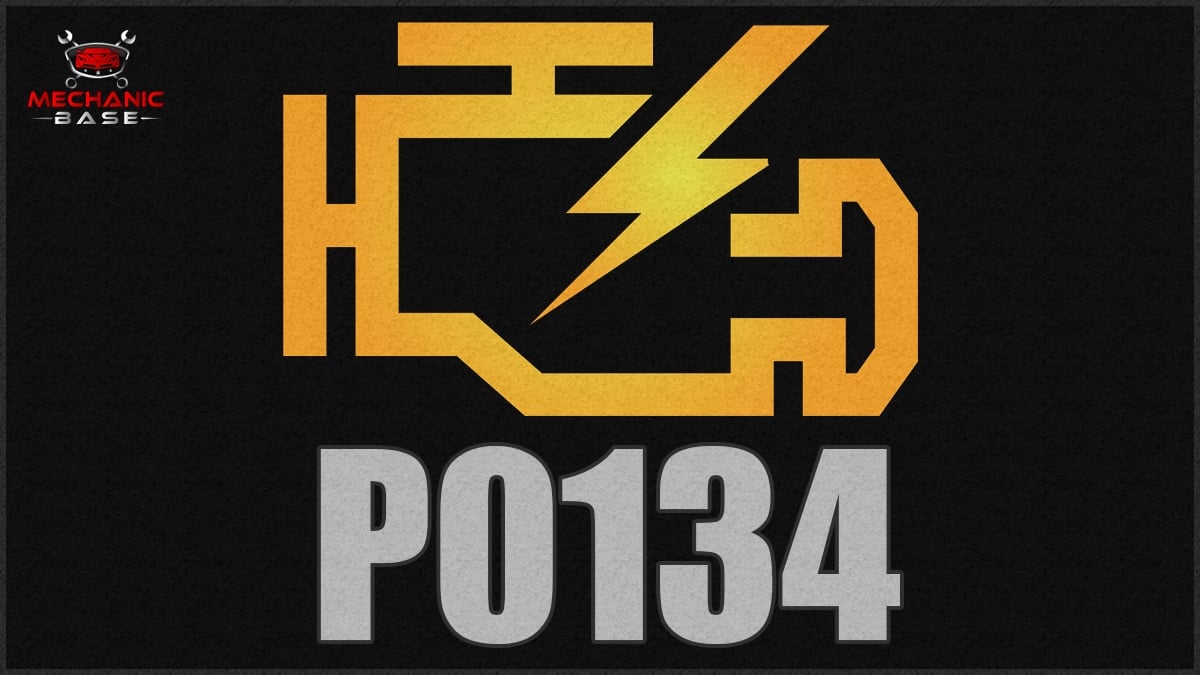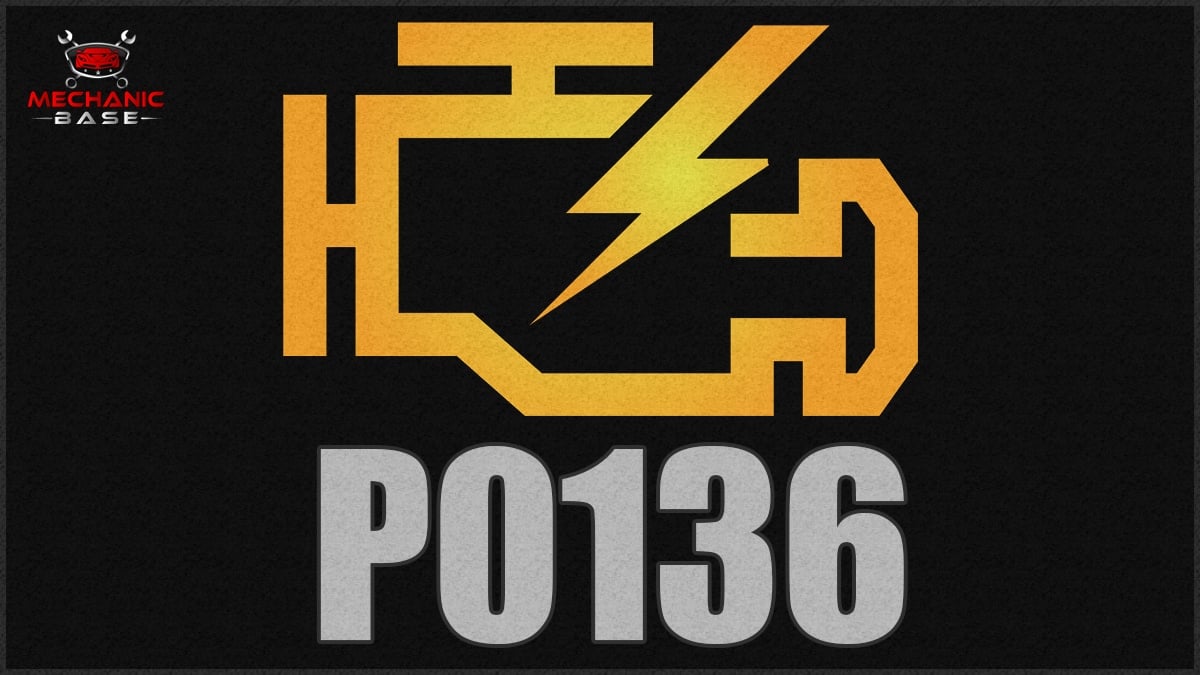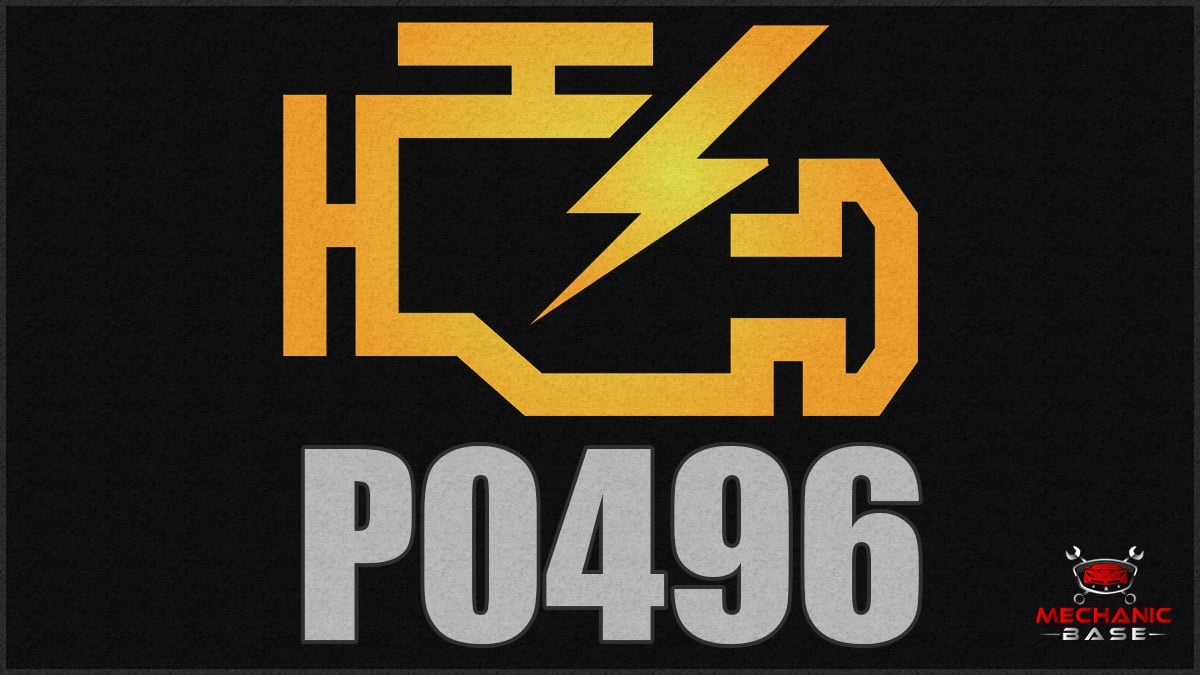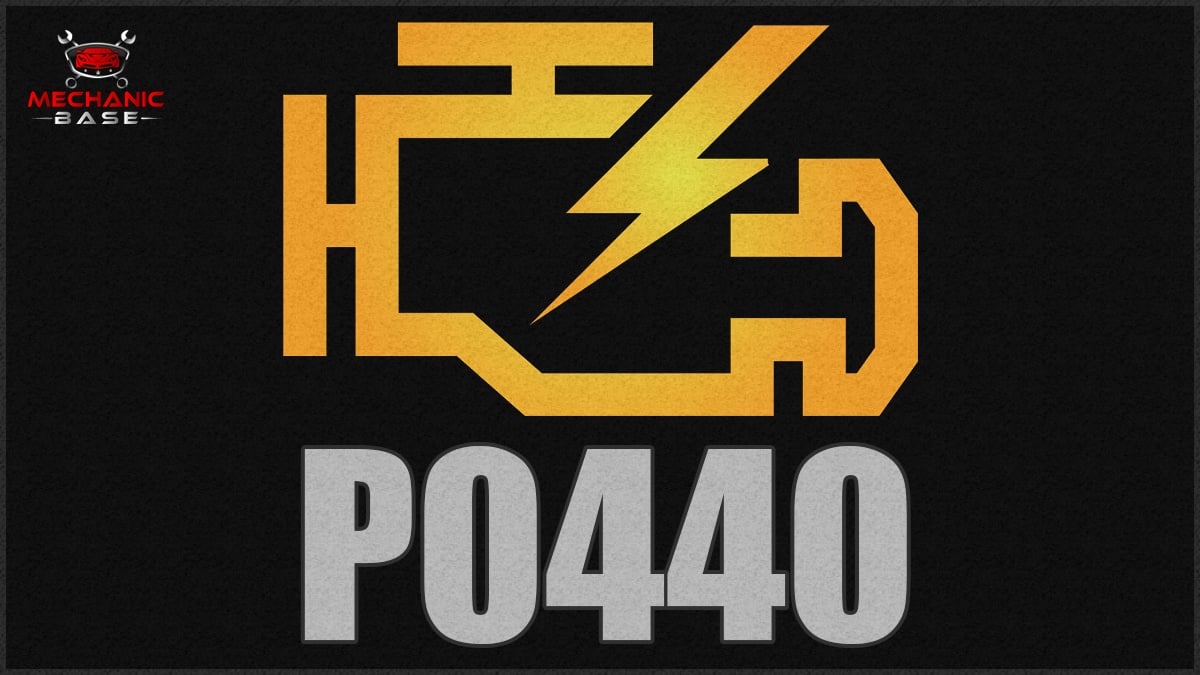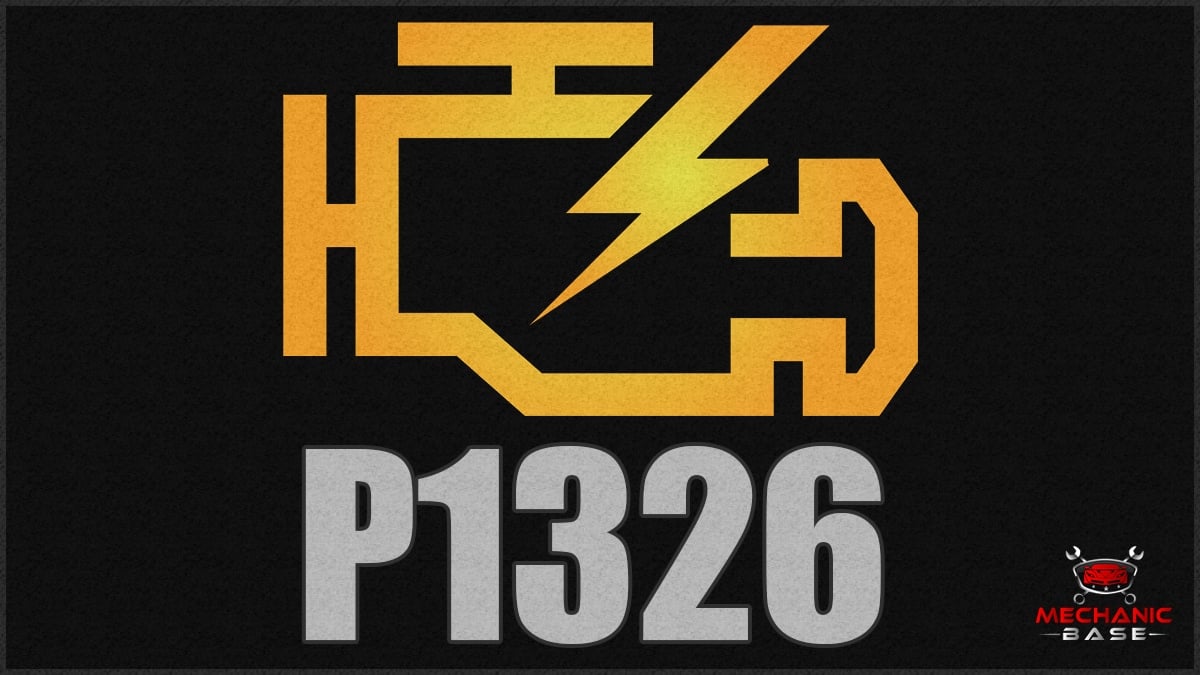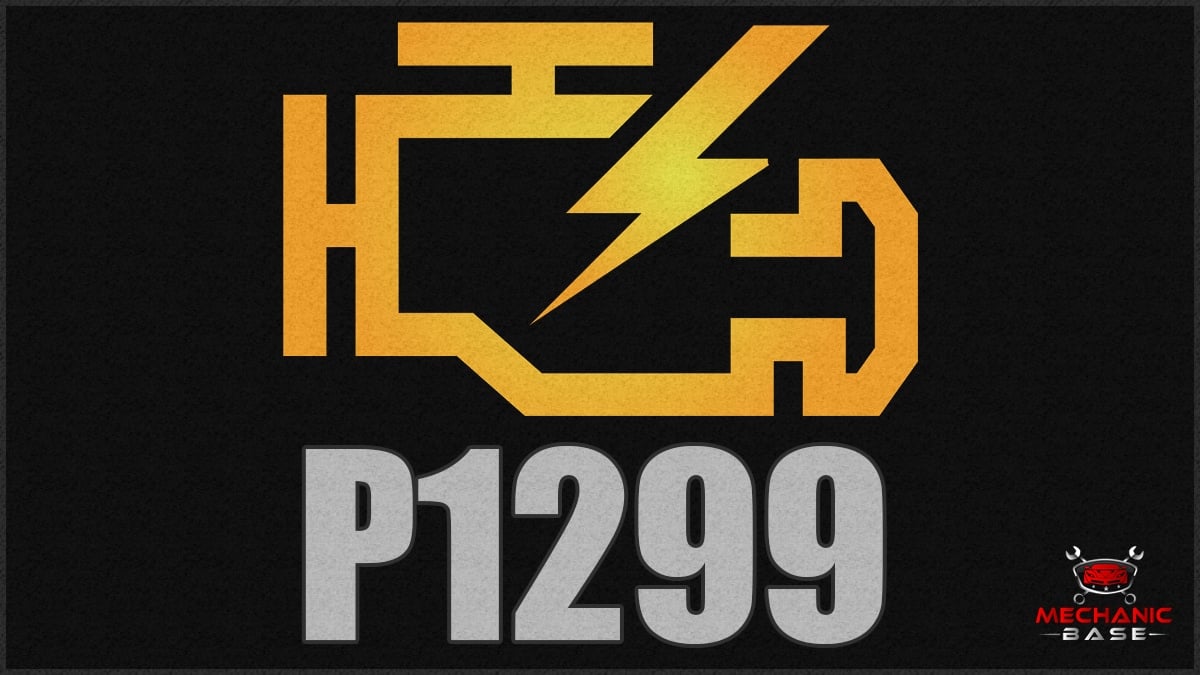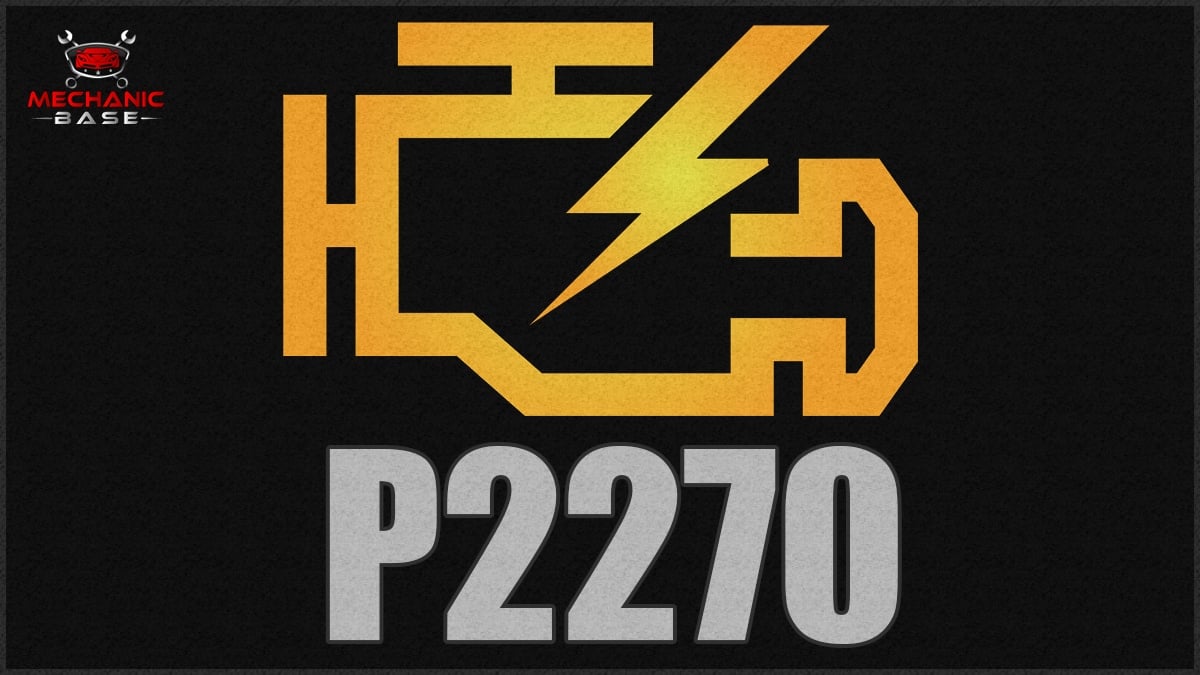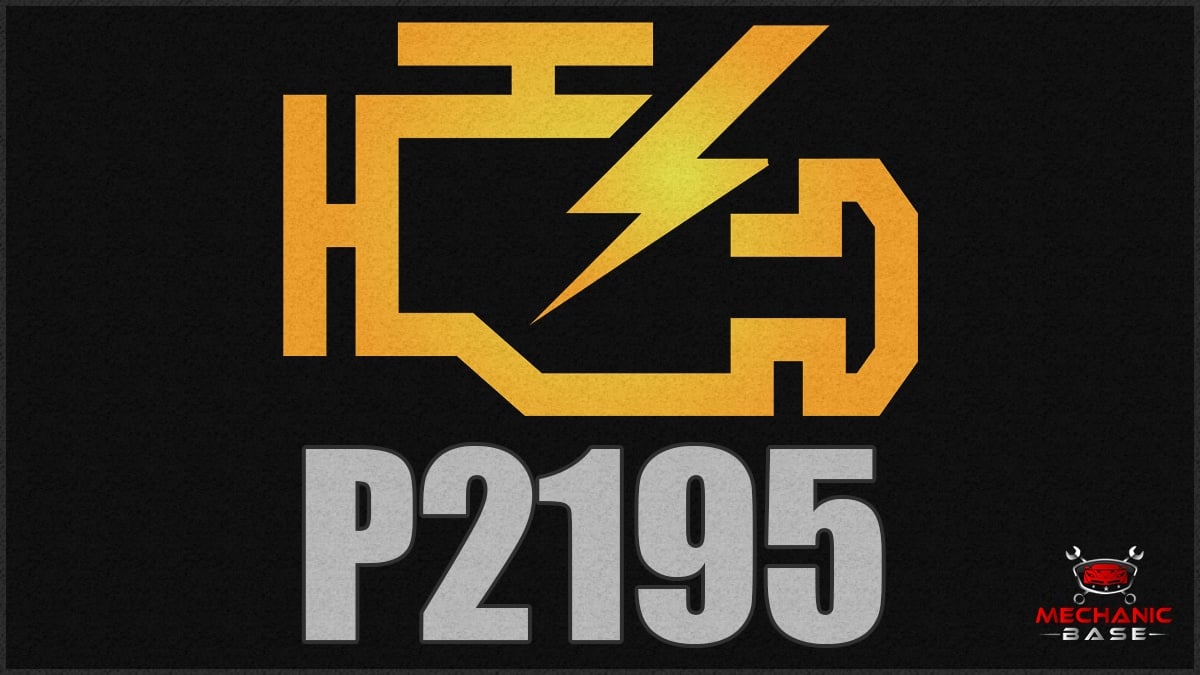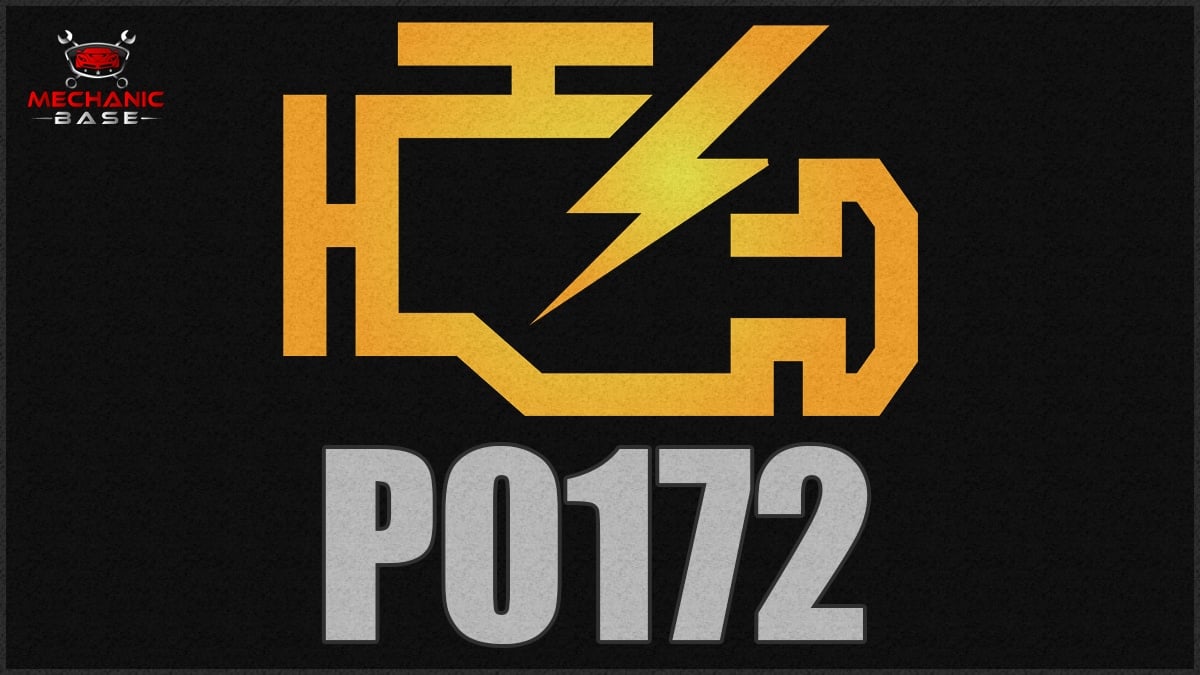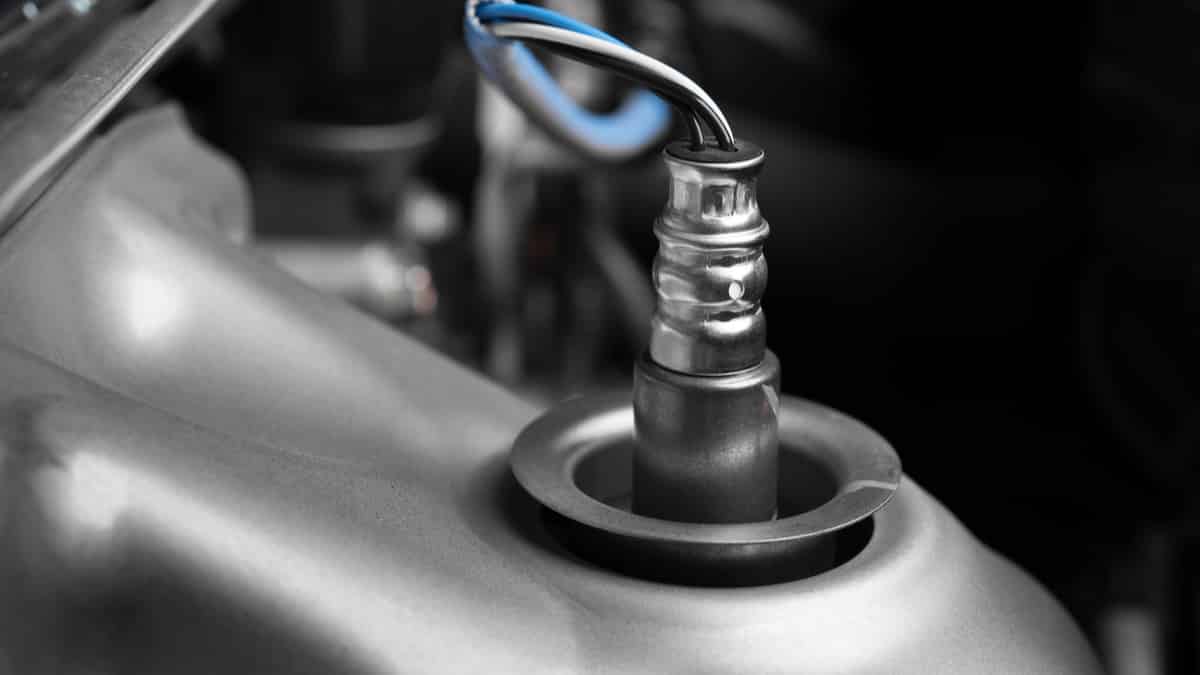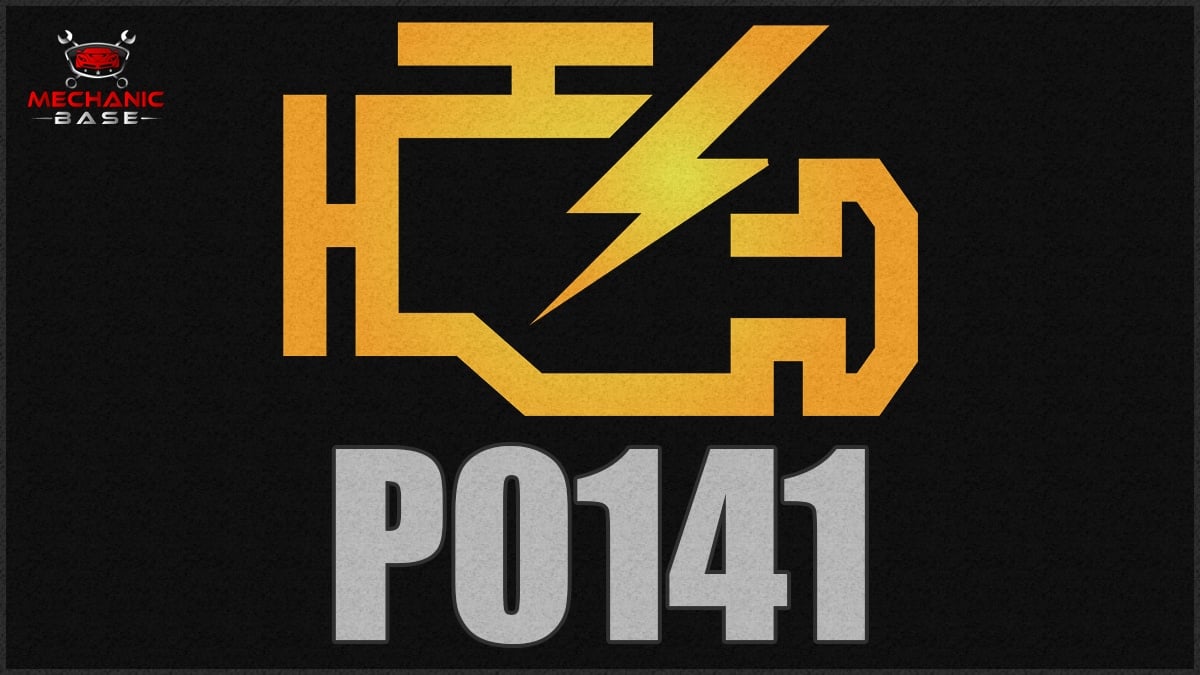With the Check Engine Light on, you know your vehicle needs some diagnostic work and repairs. If your professional scanner picks up the P2271 code, you know to look at the oxygen sensor, but how can the problem be resolved?
In this guide, we look at what the P2271 DTC means and what causes it. We also evaluate some of the most common symptoms and show you ways that they can be fixed. There’s even a section that shows you how to diagnose the fault as professionals do. Towards the end of the article, we give you more insight into the oxygen sensors so you understand what you are working with.
Code P2271 Definition
P2271 – O2 Sensor Signal Biased/Stuck Rich Bank 1 Sensor 2
What Does the P2271 Code Mean?
The P2271 DTC shows that the post-catalytic converter oxygen (O2) sensor is getting a faulty reading. This code shows that the faulty oxygen sensor reading is coming from bank #1, sensor #2. Because it is stuck rich, there is too much fuel and not enough air coming out of the exhaust.
This code is set from the downstream sensor that’s after the catalytic converter. Bank #1 refers to the side of the engine with cylinder #1. There could also be a third sensor downstream, but that would cause P2275 to set.
The upstream oxygen sensor is responsible for monitoring how much air is in the mixture before it goes through the catalytic converter, while the downstream sensor monitors what’s coming out. If a third sensor exists, it is a catalyst monitor sensor that evaluates the storage capacity of the light-off converter. It’s also used in case the 1/1 and 1/2 sensors fail.
READ MORE: Bank 1 vs. Bank 2 – Sensor 1 & 2 (Locate O2 Sensors Fast & Easy)
What Are The Symptoms Of P2271?
With the P2271 trouble code, you probably won’t notice any drivability concerns. These would only happen if sensor #1 was to blame. However, it will cause the Check Engine Light to come on.
Here’s what you can expect:
- Check Engine Light
- Rough engine performance (rarely)
What Are The Causes of P2271?
In most cases, you can expect that there’s a problem with the oxygen sensor. However, it could also be anything that’s causing too much fuel to enter the system that doesn’t get converted in the cat.
Here are the top causes of the P2271 DTC.
- Contaminated or faulty oxygen sensor 2
- Bad circuit or wiring
- Malfunctioning fuel injector
- Bad purge solenoid valve
- Bad catalytic converter
- Failing PCM
- Another faulty engine sensor
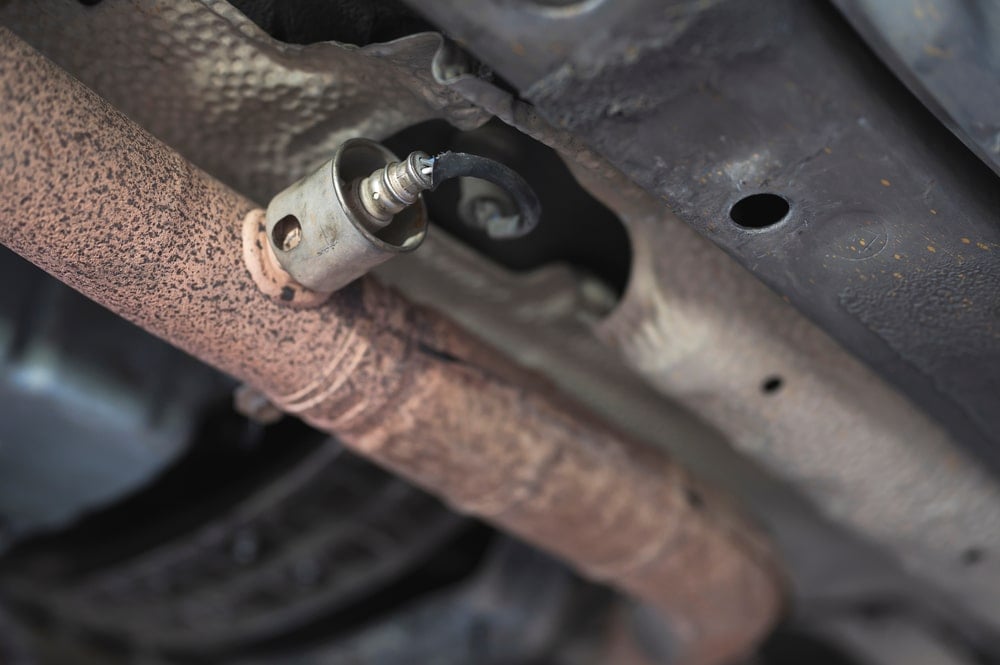
How Serious is the P2271 Code?
Medium – The code itself doesn’t normally indicate anything serious. If the oxygen sensor is defective, you probably won’t even notice any drivability problems.
Still, there are two concerns with neglecting the repair. For starters, if there’s something else wrong, it could be more serious than the oxygen sensor. Additionally, while the Check Engine Light is lit, you won’t know if something else fails that requires your attention.
How Do I Fix the P2271 Code?
The only way to know what parts need to be fixed is to perform a complete diagnostic evaluation. Once that’s done, you may find that one of these fixes is appropriate.
- Replace oxygen sensor 2
- Repair bad circuit or wiring
- Clean or replace fuel injector
- Replace catalytic converter
- Replace the purge solenoid valve
- Update/replace PCM
Common P2271 Diagnosis Mistakes
Because so many different failures can lead to this trouble code, it’s important to scan the entire system for DTCs. If you see other codes, you want to deal with these first, as they may resolve the issue. Otherwise, you may replace an oxygen sensor that is good and thereby waste your money.
Additionally, you should inspect the exhaust system for leaks and evaluate the electrical wiring. While both of these are going to probably set other codes, you don’t want to overlook the possibility. There’s even the possibility that the problem resides with the PCM, but this is never something you want to immediately assume as it’s much rarer.
How to Diagnose the P2271 Trouble Code?

To diagnose the P2271 DTC as a professional, you want to follow the steps we outline for you. For starters, consider reading the service manual to get brand-specific recommendations for your situation.
After you’ve done that, try this.
- Use your code scanner to see what faults have been set. You can use our trouble code library to research the other codes you find first.
- Inspect the connectors and wiring to the oxygen sensor #2 for damage or corrosion. Set your digital voltmeter to ohms. Check the harness connector for resistance and repair if needed.
- Check for exhaust leaks and repair as needed.
- With your advanced scan tool, monitor sensor readings at the PCM. Your rear oxygen sensor should fluctuate between 0 and 1 volt. If the voltage is stuck, even after revving the engine, you may need to replace it.
- When you take off the oxygen sensor, inspect it for contamination. If there’s coolant, engine oil or fuel on it, you may be able to clean it.
- Replace the oxygen sensor.
If you need to move beyond these steps, you may do better to visit an auto repair shop. Professional mechanics have advanced tools and equipment that make diagnostics and repair easier.
How Much Does It Cost To Fix Code P2271?
Once you’ve gone through the diagnostic steps, you will know what needs to be repaired. Here are the top fixes with the average cost for the repair when factoring in parts and labor. If you can perform the repair on your own, your cost will probably be less than what’s estimated.
- Replace oxygen sensor 2 – $150-$500
- Repair bad circuit or wiring – $50-$650
- Clean or replace fuel injector – $150-$850
- Replace Catalytic converter – $500 to $2000
- Replace purge solenoid valve – $150-$300
- Update/replace PCM – $250-$2,500
A Mechanic’s Tips About The P2271 Code
If you don’t understand the basics of oxygen sensors, it’s helpful to learn a little before working on this trouble code. Oxygen sensors all have the same purpose, which is to monitor how much oxygen is in the exhaust. If there’s too much oxygen, the engine is running lean. On the other hand, too much fuel means it is running rich.
Downstream sensors are mounted after the catalytic converter. These sensors are needed for emissions, but they don’t factor in the air fuel ratio of the engine. Downstream sensors don’t oscillate rapidly as the upstream ones do. They move slowly, so the voltage range remains very similar at all times.
You can find more information about your oxygen sensors in the service manual. In this guide, the specifications can be found, so you can perform more advanced diagnostic procedures. You may also have a diagram showing you where the various oxygen sensors are located for your vehicle or you can find this information online.
Where Is P2271 Bank 1 Sensor 2 Located?
The P2271 trouble code is set from the downstream sensor. It’s located after the catalytic converter. Bank #1 refers to the side of the engine with cylinder #1. If there’s a third sensor causing problems, the trouble code would be different.
What Do P0138 and P2271 Codes Mean Together?
The P0138 code stands for O2 Sensor Circuit High Voltage (Bank 1, Sensor 2). Both of these codes have to do with the same downstream oxygen sensor, which means that the sensor itself is probably faulty. There could also be a connection issue with the wiring or contamination.
How Do You Clear Code P2271?
Once you repair the issue causing the P2271, you will be able to clear the code from the system. Use your code scanner to reset the system. Take the car for a test drive to ensure it doesn’t come back. If it does, there’s something else causing the problem than what you initially fixed.
Is It OK To Drive With Code P2271?
In most cases, the P2271 code isn’t going to create any major drivability issues. You could continue driving without any problems. However, you want to repair the faulty part before other issues occur. Also, you don’t want the Check Engine Light to remain on because you won’t have an alert if something else fails.
After gaining all of this information, there’s no need to worry about the P2271 trouble code any longer. If this is the DTC set by your car’s computer, you now have the steps to figure out what is going on. You can use some basic tools to diagnose the system and repair what’s faulty. If you need further help, a local mechanic should be able to assist you.
While the P2271 DTC doesn’t usually include any drivability issues, you should never ignore the trouble code. Not only could you neglect a problem that needs to be dealt with, but you won’t be able to rely on your Check Engine Light to tell you when something is wrong. Even though it can be a headache to diagnose and repair your car, it’s nothing compared to what could happen if left unchecked.
Learn more:
- P2270 Code – Meaning, Causes, Symptoms (& How To Fix)
- How to Bypass Oxygen Sensors (Can & Should You Do It?)
- P0141 Code – Meaning, Causes, Symptoms (& How To Fix)
Categories: OBD Codes
